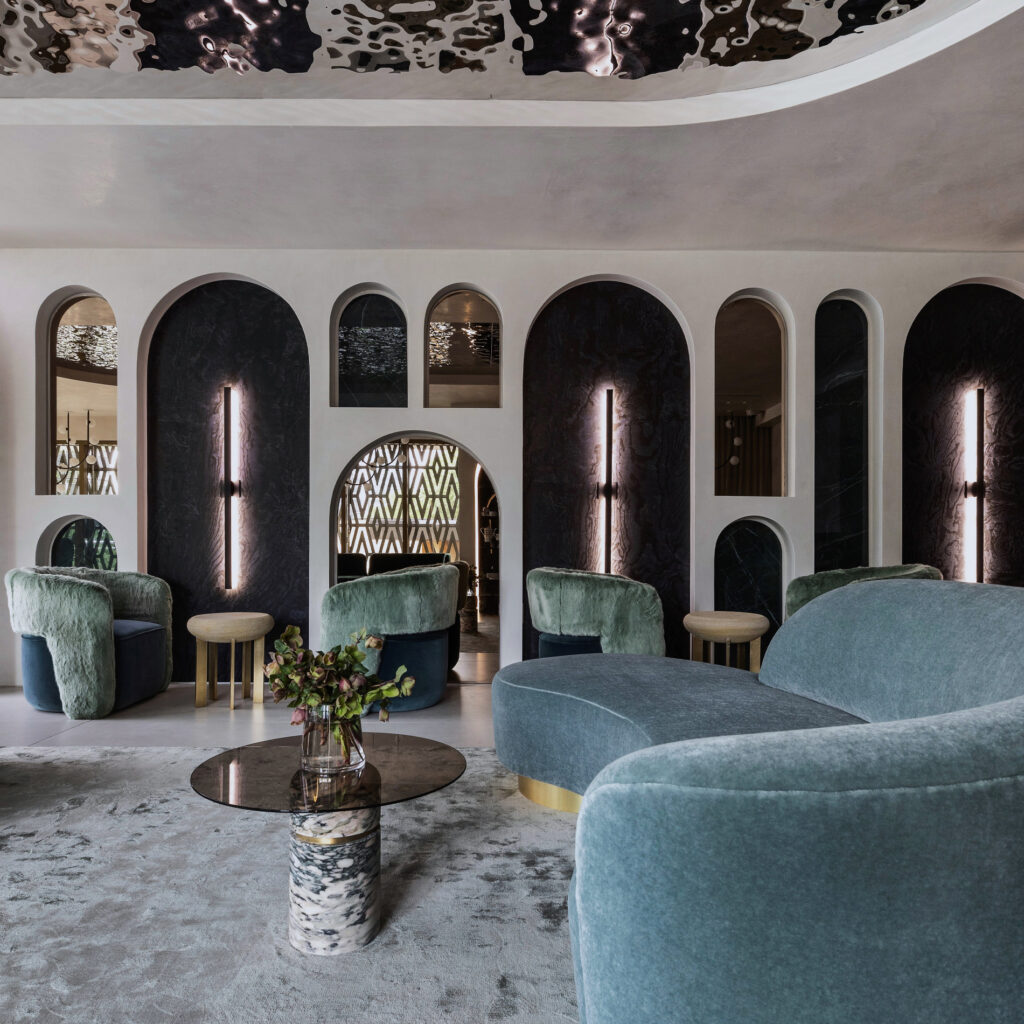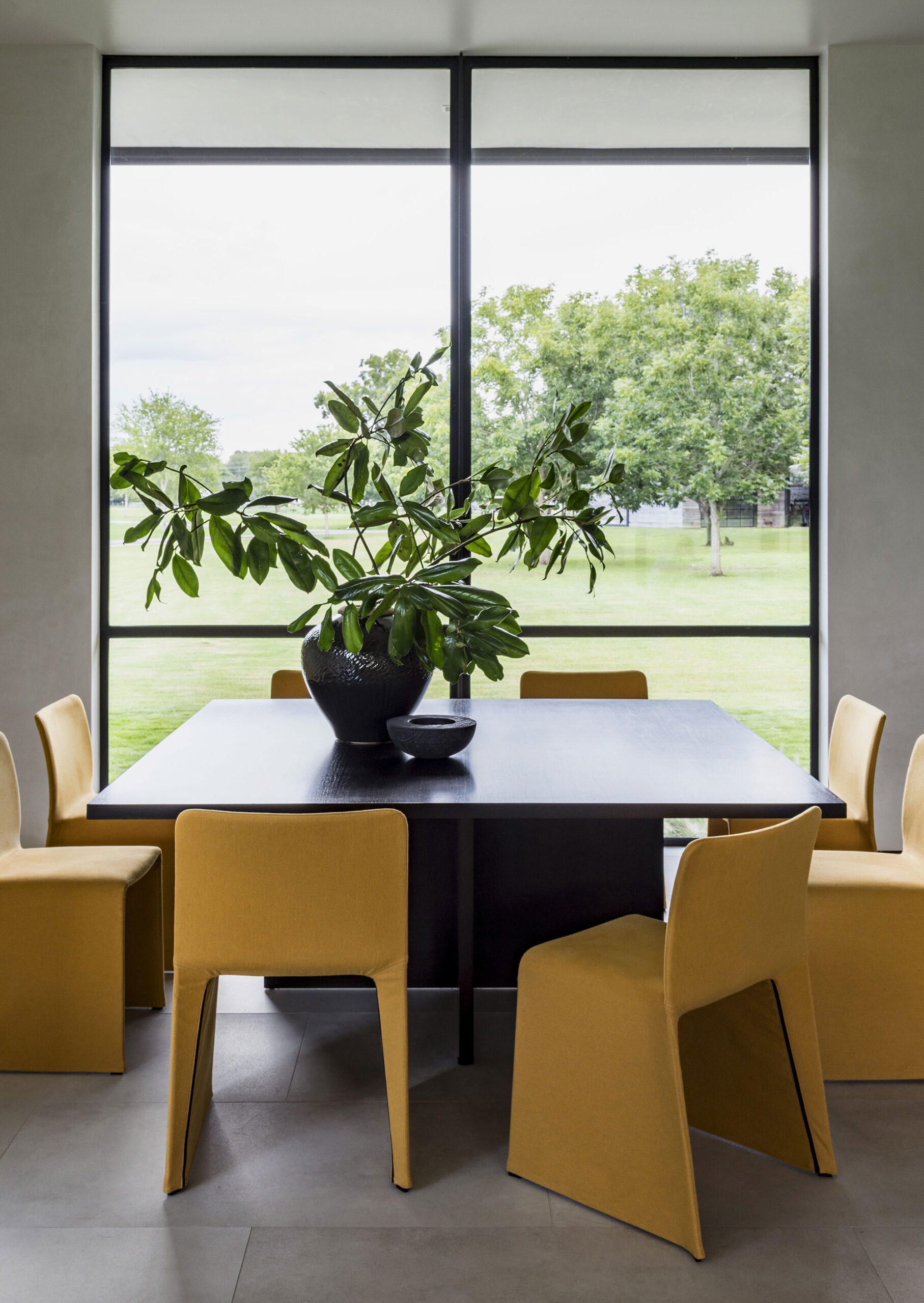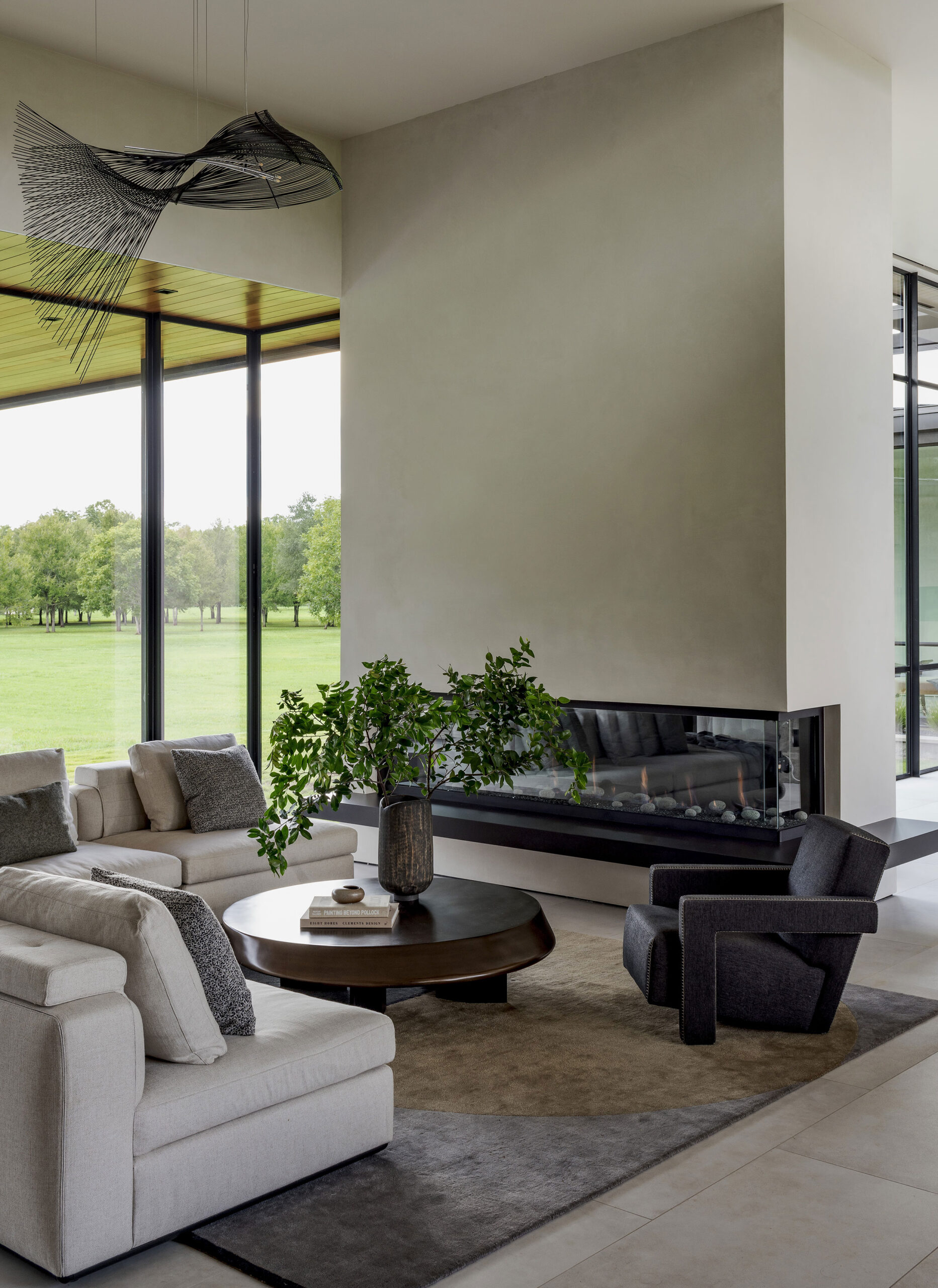“OUR STYLE IS FORWARD-THINKING AND EVOKES A SENSORIAL EMOTION, CREATING SPACES THAT ARE EXPERIENTIAL, ONE-OF-A-KIND, AND TAILORED TO OUR CLIENTS’ NEEDS, WANTS, AND WILDEST IMAGINATIONS.”
Page Not Found
“OUR STYLE IS FORWARD-THINKING AND EVOKES A SENSORIAL EMOTION, CREATING SPACES THAT ARE EXPERIENTIAL, ONE-OF-A-KIND, AND TAILORED TO OUR CLIENTS’ NEEDS, WANTS, AND WILDEST IMAGINATIONS.”
The page you are looking for might have been removed, had its name changed, or is temporarily unavailable.
GLOBAL LEGACY of DESIGN EXCELLENCE

VISIONARY
DESIGNER,
BUSINESS
INNOVATOR

NINA MAGON
Nina Magon is a visionary designer and business innovator reshaping the global landscape of luxury living. As the founder and principal of Nina Magon Studio, her artistry transcends borders and disciplines, redefining what it means to live exquisitely.
With a signature style that blends edge and elegance, Nina is renowned for designs that feature bold elements, vibrant colors, and timeless modernity. Inspired by diverse cultural influences, her work embodies a unique fusion of sophistication and artistic expression. From residential and commercial spaces to bespoke hospitality experiences, each project is a curated testament to her meticulous attention to detail and unwavering pursuit of excellence.
Nina’s influence extends far beyond aesthetics, she is a dynamic business innovator. Her keen business acumen is evident in her leadership of multi-million-dollar construction projects and high-profile collaborations with global brands such as Cosentino and Bergdorf Goodman. Her achievements have been widely celebrated, earning her recognition as “Entrepreneur of the Year.”
Her foundation is as multifaceted as her work. With a Bachelor’s degree in Economics and Finance complemented by post-graduate studies in Architecture and Design, Nina possesses a rare ability to marry creative brilliance with strategic business insight, enabling her to navigate the complexities of design, business, and real estate.
Further solidifying her influence, Nina’s recently published coffee table book, EVOKE, showcases her bold commitment to pushing boundaries and inspiring innovation.
As a distinguished member of the Young Presidents’ Organization (YPO), Nina currently oversees construction projects exceeding $500 million while simultaneously expanding her impact through signature product lines and visionary property development ventures.
Nina Magon is not merely designing spaces, she is shaping a legacy of design excellence, one that redefines the very essence of luxury living.

OUR
TEAM

Mimi Akpoduado
MANAGING DIRECTOR

Nataly Montoya
CREATIVE DIRECTOR

Paulina Gómez
BUSINESS DEVELOPMENT

TANNER DOGGETT
EXECUTIVE ASSISTANT

JUSTIN BOEKER
Procurement Coordinator

REBECA MUNOZ
SENIOR DESIGNER

AMANDA FARIA
SENIOR DESIGNER

CHANCE BROWN
Associate Designer

JENIFER MORENO
Associate Designer

TONY NGUYEN
Associate Designer

JUNHEE KOH
Junior Designer

ESTHEFANNY GONZALEZ
Junior Designer
WHAT WE
STAND FOR
OUR DNA

AWARDS
| LUXE RED AWARDS | Products: Stone Collaboration Winner | 2023 |
| New York’s Best Of Design | Countertops Winner | 2023 |
| Good Design Awards | Lighting Category | 2022 |
| Asian Chamber of Commerce | Entrepreneur of the Year | 2022 |
| New York Product Design Awards | Lamps & Luminaries - Wall Lamps Winner - Silver | 2022 |
| New York Product Design Awards | Lamps & Luminaries - Floor Lamps Winner - Gold | 2022 |
| New York Product Design Awards | Lamps & Luminaries - Ceiling Lights Winner - Silver | 2022 |
| Interior Design Best of Year Awards | Materials, Treatments and Surfaces Honoree | 2022 |
| Luxe Red Awards | Wow-Factor Room Winner | 2022 |
| Luxe Red Awards | Readers Choice Lighting Winner | 2022 |
| PaperCity Design Awards | Residential Interior Design, Singular Space | 2021 |
| PaperCity Design Awards | Best in Retail Design | 2020 |
| Pinnacle Design Awards | Best Major Collection - The Nina Magon Collection | 2020 |
| Luxe Interiors + Design | Luxe Gold List Honoree in: Interior Design | 2020 |
| PaperCity Design Awards | Residential Design, Best Singular Space, Bath | 2019 |
| Modern Luxury Interiors Texas | Best Contemporary Design Firm | 2019 |
| Modern Luxury Houston Luxe List | Most Glam Interiors | 2019 |
| Leader in Design | The Houston Design Center | 2018 |
| Best of Houzz | Design | 2017 |
| Best of Year Honoree | Interior Design Magazine | 2016 |
| Best Home Decor Blogs 2016: Top Experts to Follow | Live Stylish Daily, Credit Donkey | 2016 |
| Noir Shine By Design | Noir Furniture | 2016 |
| Nina Magon – Most Stylish People Of 2016 | Houston Chronicle | 2016 |
| Best Hospitality Designer | Ruby Awards ASID | 2016 |
EVOKE:
NINA MAGON

Growing up in Houston, yet born in Canada, interior designer Nina Magon would frequently return to India with her family, and with every passage take a different course, visiting the world’s cultural capitals. These dramatic detours profoundly impacted her global approach and shaped her award-winning practice.
In Evoke, her first book, Magon shares with readers the cosmopolitan glamour that has become her signature, a sophisticated style carefully balancing high-gloss modernism and old-world grandeur that has been embodied in designs she has created for many prominent families, prestigious hotel brands, and star athletes. Each unique space she creates is evocative of a well-traveled lifestyle, synthesizing art, architecture, and fashion.
Our work has been celebrated in renowned publications such as The Wall Street Journal, Architectural Digest, Robb Report, Forbes, Elle Décor, Interior Design Magazine, and Hospitality Design Magazine.
ABU DHABI
The Abu Dhabi Villa is a magnificent private residence that embodies the timeless grandeur of classical design while embracing the sleek sophistication of modern aesthetics.
CONNECT
START the CONVERSATION


UNVEIL
YOUR
VISION

Monday to Friday
9:00am – 6:00pm
© 2025 NINA MAGON
All Rights Reserved.